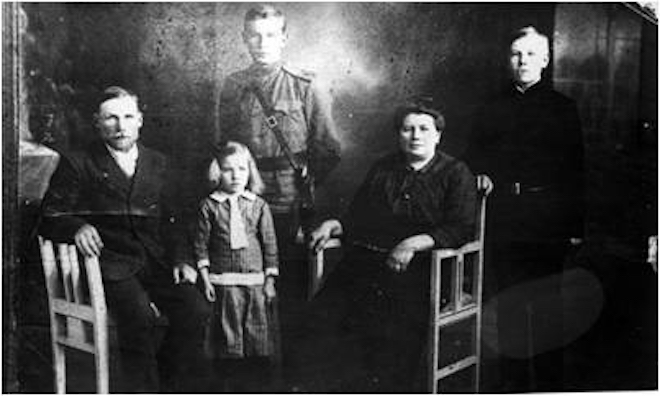Irene's three children found asylum in the USA after WWII. Her son, Rein, joined the US military and died in combat during the Korean War. Her second son, Tõnis, became a military test pilot and died in an accident in 1960.
After the collapse of the USSR, Irene's daughter, Tiiu Rita, reclaimed title to her grandfather's farm, then, donated it to the Estonian Government with the stipulation that it be used for the benefit of children. Tiiu Rita died in California at the age of 92, in 2014.
Today, the farm is owned by the Estonian Government and managed by a non-profit corporation – Meiela – for children with disabilities such as autism, Down's Syndrome and the like. It’s mission is to develop their abilities to full potential — limited as they may be — and is shaped by the conviction that disabled children can lead fulfilling lives, if taught useful skills in a group-home and sheltered-workshop setting.
At Meiela, four children will be housed with a counsellor-trainer co-ordinating activities for learning and working for a quasi-independent life. Supporters of the project are friends and families of children in need of specialized help. In addition, Tartu University plans to use Meiela as a test-model for environmentally-friendly, energy-efficient construction.
Andres Gutman, Toronto




